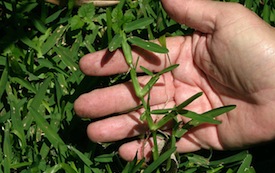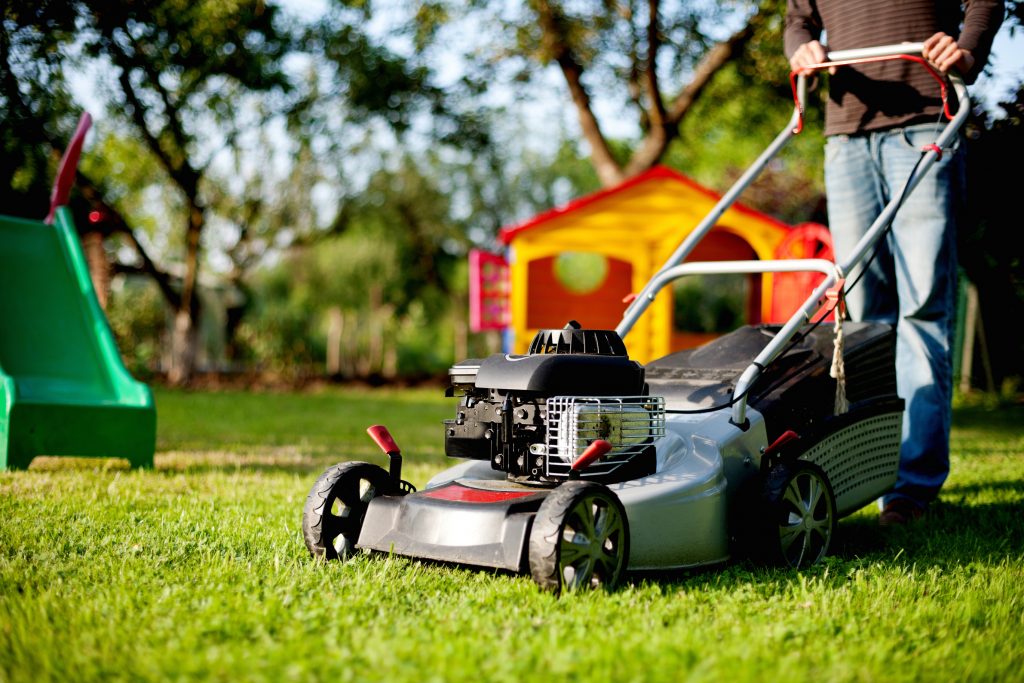When it’s too Hot to Mow Your Lawn!
A healthy lawn provides you and your family with a green, lush and welcoming environment. However, when temperatures rise and the harsh summer sun beats down on your lawn, the ...

One trait amongst new Soft Leaf Buffalo Grasses such as Sapphire®, Prestige® & Palmetto® which has shown-up in the last few years since their rise in popularity, has been grass runners separating themselves and sitting on top of the lawn.
Runners sitting on top of buffalo lawns are not a major concern to the health of the turf, however for many people it can be ugly or a slightly annoying trait.
The main problem is that some runners will separate themselves from the other above-ground runners which make-up the lawn. Instead of remaining tightly knitted together as these runners (stolons) should do, they sit on top of the turf, with most runners not rooted into the soil. Therefore the runner can move about, as well as look odd and unusual on the Buffalo lawn’s surface.
So let’s quickly find out the why, and the fix for this minor Buffalo lawn problem.
 We haven’t found a single explanation for this problem occurring, except to say that we’ve only ever seen Buffalo runners sitting on top of lawns that have been mowed too low.
We haven’t found a single explanation for this problem occurring, except to say that we’ve only ever seen Buffalo runners sitting on top of lawns that have been mowed too low.
Most Buffalo lawns with separating runners we’ve seen, are being mowed with Cylinder Mowers at heights of around 12mm, and this seems to be the cause of the issue.
If we have this problem reoccurring, then the easiest fix is to first just pull the offending runner out of the lawn. Or better yet – grab some secateurs and cut the runner out and throw it away. Which fixes the runners themselves, but does not stop the problem occurring in the first place.

So with lawn mowing heights seeming to be the cause of the problem, it’s also where the solution may lie. We should remember that Buffalo grass lawns love being kept at heights of at least 30mm, and can be easily mowed at heights up to 60mm.
We think somewhere in the middle of these ranges is the best mowing height for Buffalo grass.
In lifting our Buffalo lawn mowing heights, we’ll not only rid ourselves of this annoying problem, but we’ll also be adding even more benefits to the lawn. Such as, improved disease tolerance, improved shade tolerance, improved health and wear and tear capabilities, as well as creating a more water-efficient Buffalo lawn – which is less prone to browning-off or becoming damaged in the heat of summer.
For more fast facts and Q&As on our Buffalo varieties –
Or check out our handy Quick Lawn Selection Guide
.